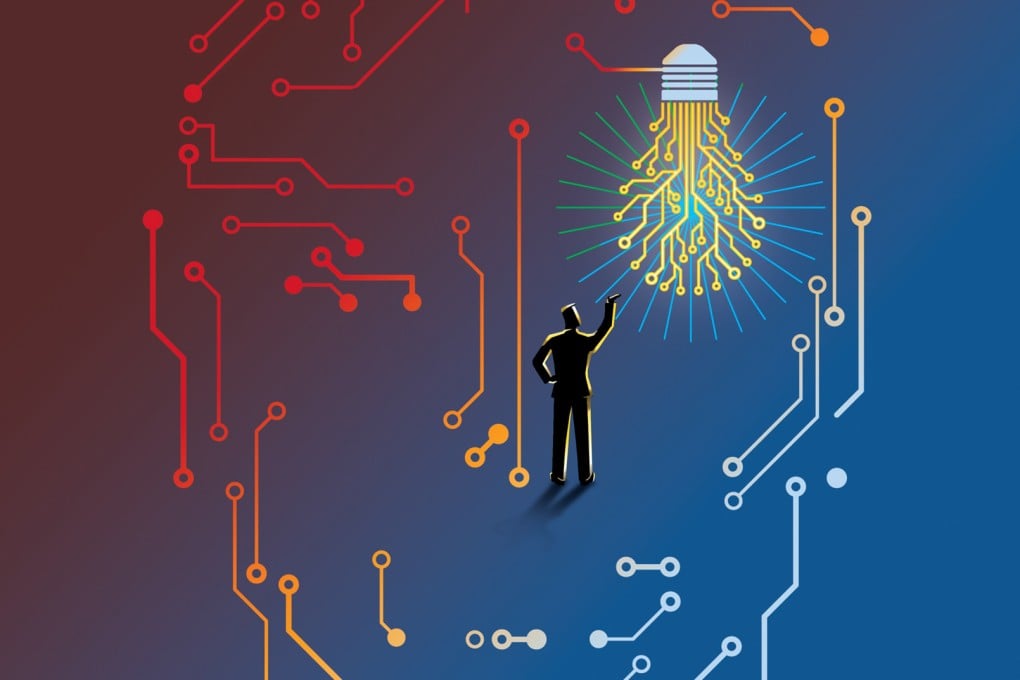AI is rewriting the rules of creativity. What does that mean for human imagination?
- From pop music to painting, the rise of artificial intelligence and machine learning is changing the way people create. But that’s not necessarily a good thing

For the first time in human history, we can give machines a simple written or spoken prompt and they will produce original creative artefacts – poetry, prose, illustration, music – with infinite variation. With disarming ease, we can hitch our imagination to computers, and they can do all the heavy lifting to turn ideas into art.
This machined artistry is essentially mindless – a dizzying feat of predictive, data-driven misdirection, a kind of hallucination – but the trickery works, and it is about to saturate every aspect of our lives.
The faux intelligence of these new artificial intelligence (AI) systems, called large language models (LLMs), appears to be benign and assistive, and the marvels of manufactured creativity will become mundane, as our AI-assisted dreams take place alongside our likes and preferences in the vast data mines of cyberspace.
The creative powers of machine learning have appeared with blinding speed, and have both beggared belief and divided opinion in roughly equal measure.
If you want an illustration of pretty much anything you can imagine and you possess no artistic gifts, you can summon a bespoke visual gallery as easily as ordering a meal from a food delivery app, and considerably faster.
A simple prompt, which can be fine-tuned to satisfy the demands of your imagination, will produce digital art that was once the domain of exceptional human talent.
